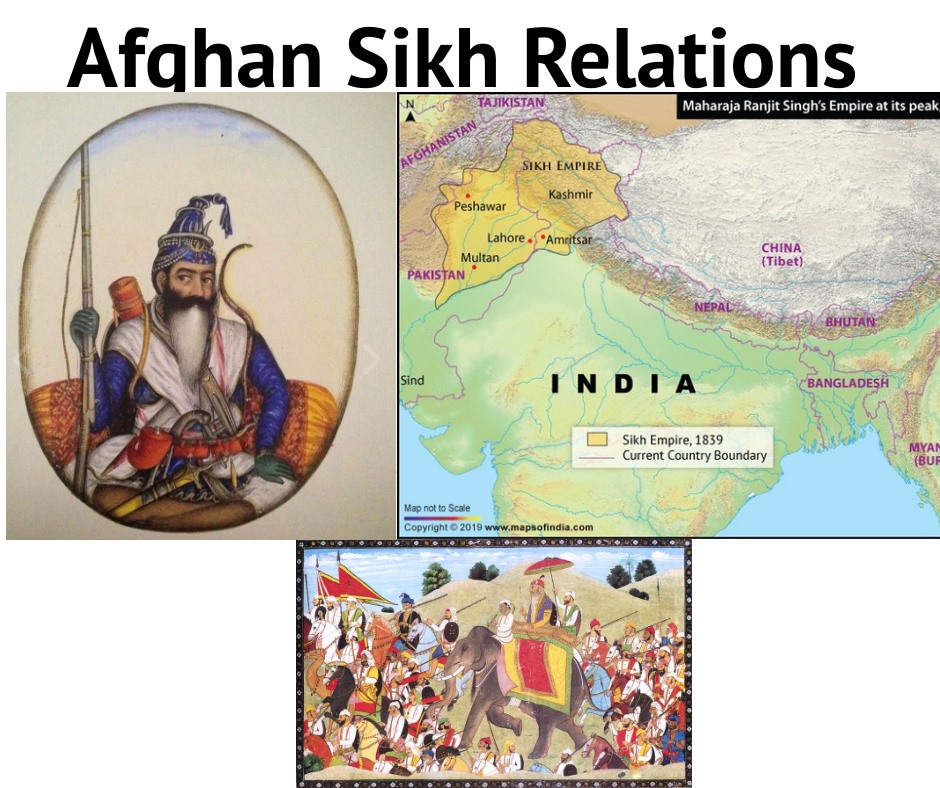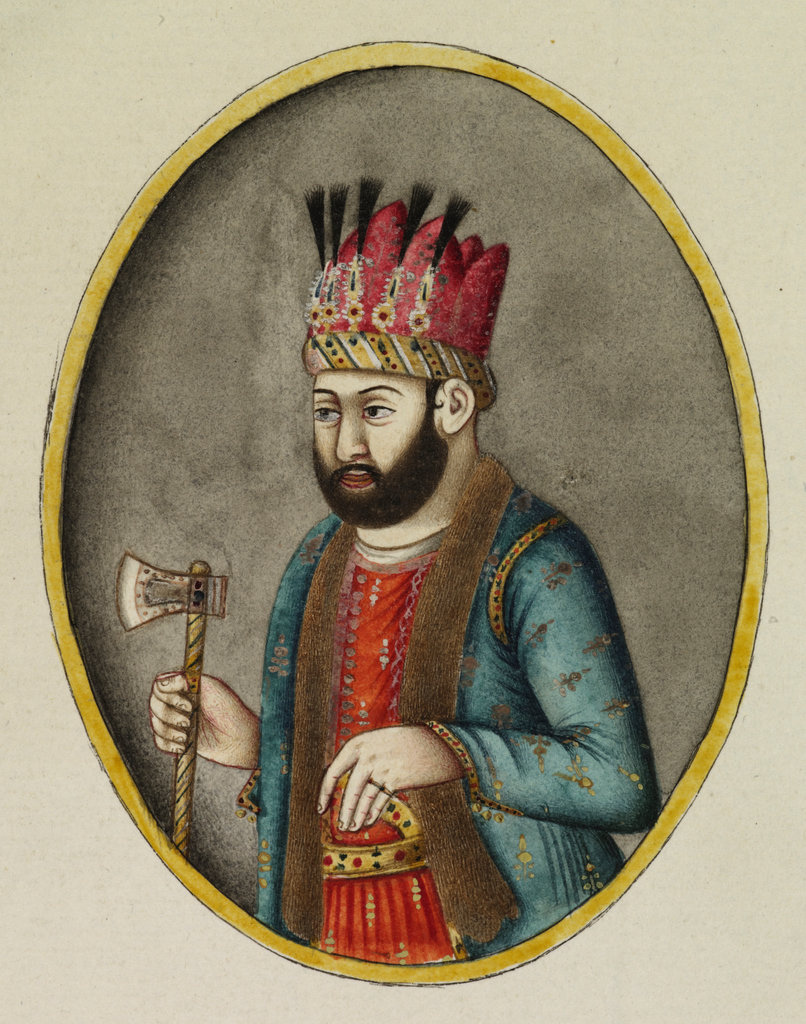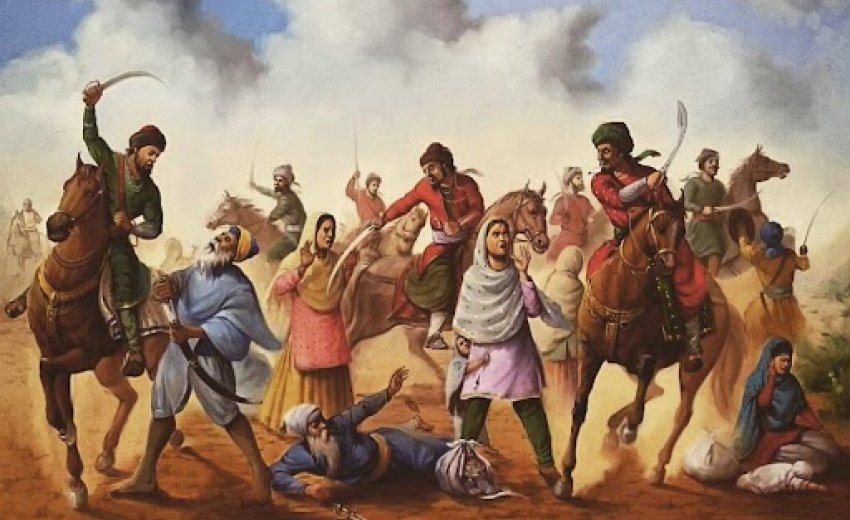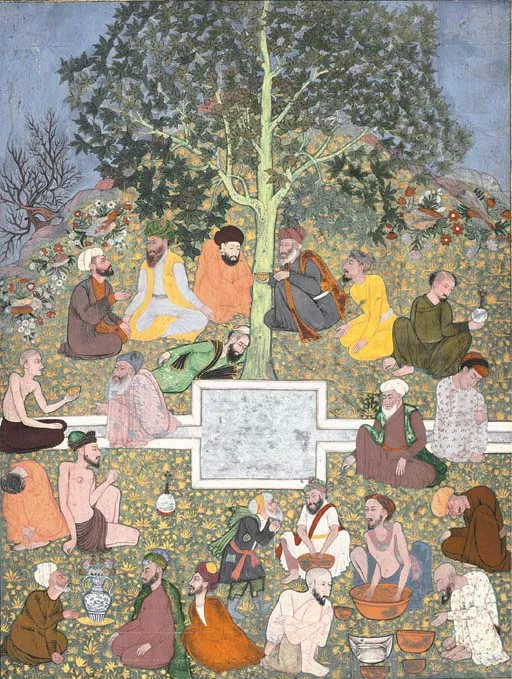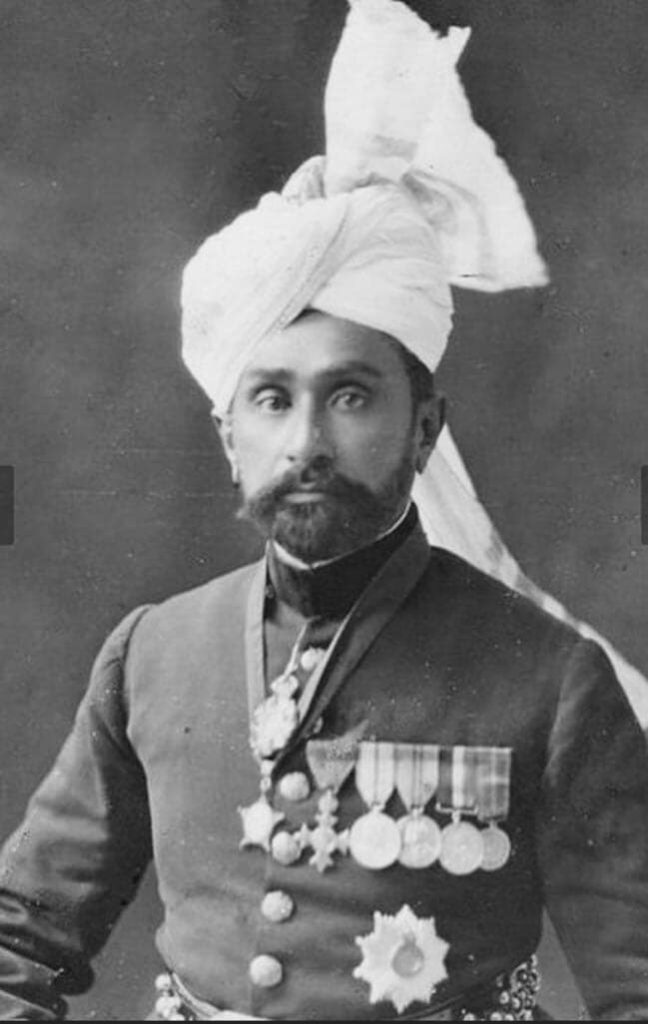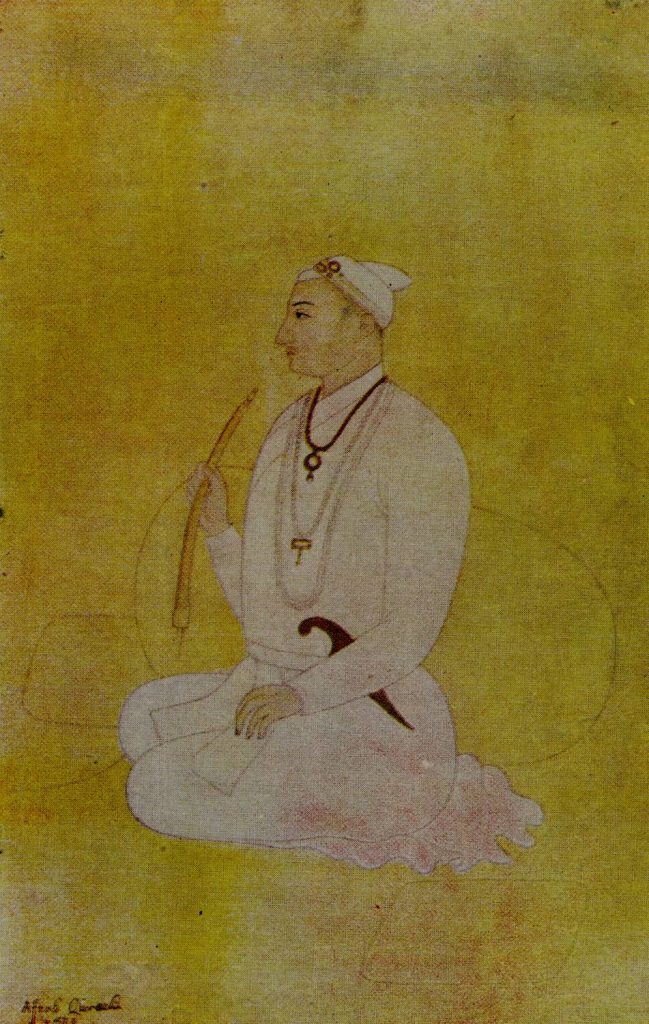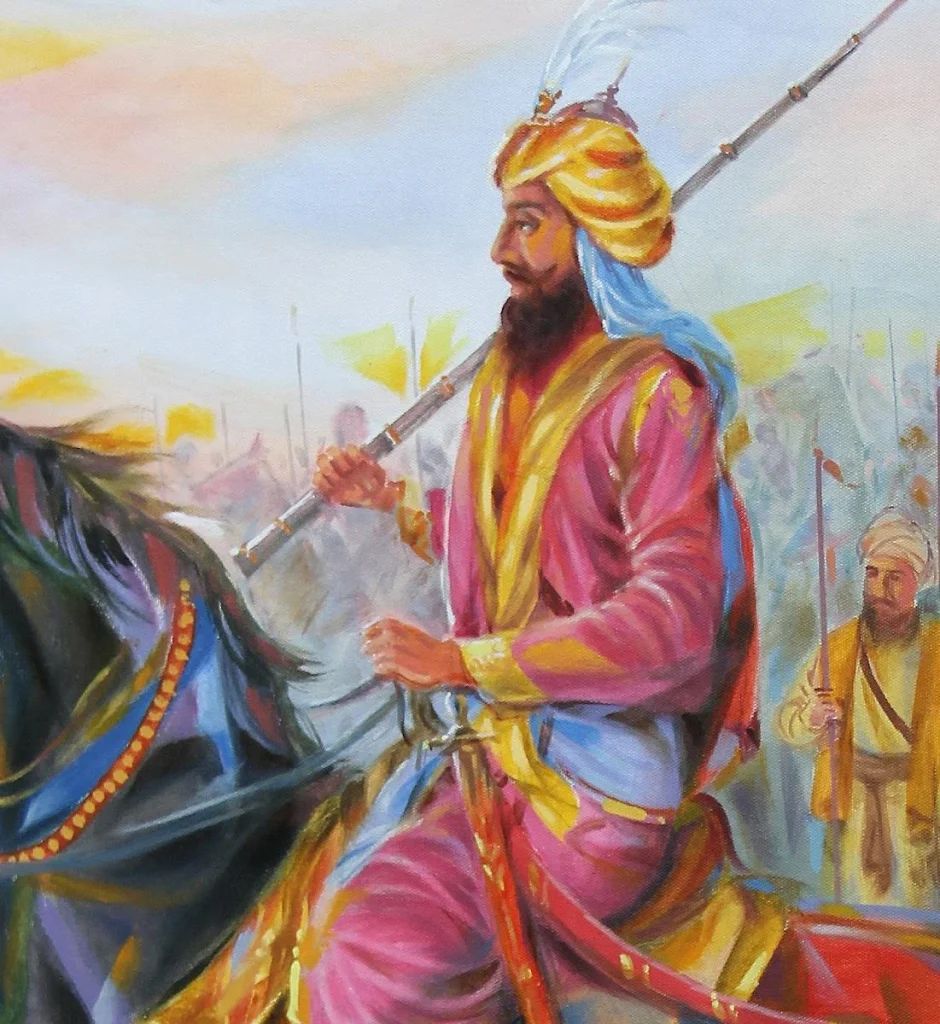Discover the historical Tazkirah manuscript by Anand Ram Mukhlis, revealing 18th-century Punjab's events and invasions including Nadir Shah's 1739 incursion.
AFGHAN SIKH RELATIONS spanning the years 1748 to 1849 go back to the first invasion of India by Ahmad Shah Durrani, although he must have heard of the Sikhs when in 1739 he accompanied Nadir Shah, the Iranian invader, as a young staff officer. Having occupied Lahore after a minor engagement fought on 11 January 1748 during his first invasion of India, Ahmad Shah advanced towards Sirhind to meet a Mughal army which he was informed was advancing from Delhi to oppose him. On the way he had two slight skirmishes at Sarai Nur Din and at the Vairoval ferry, both in present day Amritsar district, with a Sikh jatha or fighting band under Jassa Singh Ahluvalia.
Explore Tarikhi Ahmad, the popular 1850 work by Abdul Karim Alavi, detailing Ahmad Shah Durrani's legacy and the historical landscapes of Punjab.
AHMAD SHAH DURRANI (1722-1772), the first of the Saddozai rulers of Afghanistan and founder of the Durrani empire, belonged to the Saddozai section of the Popalzai clan of the Abdali tribe of Afghans. In the 18th century the Abdalis were to be found chiefly around Herat. Under their leader Zaman Khan, father of Ahmad Khan. they resisted Persian attempts to take Herat until, in 1728, they were forced to submit to Nadir Shah. Recognizing the fighting qualities of the Abdalis, Nadir Shah enlisted them in his army.
Explore the pivotal 1762 battle of Vadda Ghallughara, a major holocaust in Sikh history, marking a fierce clash with Ahmad Shah Durrani.
AHMAD, SHAIKH (1564-1624), celebrated Muslim thinker and theologian of the Naqshbandi Sufi order, was born on 26 May 1564 at Sirhind in present day Patiala district of the Punjab. He received his early education at the hands of his father. Shaikh `Abd al-Ahad, and later studied at Siaiko, now in Pakistan. About the year AD 1599, he met Khwaja Muhammad al-Baki bi-Allah, who initiated him into the Naqshbandi order. Shaikh Ahmad soon became a leading figure in that school and wrote numerous letters and treatises on many fine points of the Sufi doctrine such as the concepts of prophecy {nubuwwah) and sainthood (walayah) and the relationship between shari`ah, i.e. religious law, and tariqah, the mystic path.
Discover the tumultuous reign of Yar Muhammad Khan in Peshawar, his struggles with Ranjit Singh, and alliances amidst regional power shifts.
AHMAD YAR KHAN TIWANA (d. 1829), second son of Khan Muhammad Khan, the Tiwana chief of Mittha Tiwana, in Shahpur district, measured swords with Sikhs more than once during Maharaja Ranjit Singh`s time. Ahmad Yar Khan revolted against his father and, having succeeded in attracting most of the tribe to his side, compelled him to surrender the chief ship to him. In 1817, Maharaja Ranjit Singh dispatched troops under the command of Misr Divan Chand against the Tiwana chief at Nurpur Tiwana. The fort was conquered and Ahmad Yar Khan ran away to Jhandavala, situated in the Mankera territory.
Explore the Zafarnamah, an unpublished 1748-49 manuscript detailing Ahmad Shah Durrani's invasions of India and Mu'in ul-Mulk's valiant leadership.
ALA SINGH, BABA (1691-1765), Sikh mis leader who became the first ruling chief of Patiala, was born in 1691 at Phul, in present day Bathinda district of the Punjab, the third son of Bhai Ram Singh. His grandfather, Baba Phul, had been as a small boy blessed by Guru Hargobind, Nanak VI. Ala Singh\'s father and his uncle, Tilok Singh, had both received the rites of initiation at the hands of Guru Gobind Singh who conferred on their family the panegyric, "Your house is mine own. "
